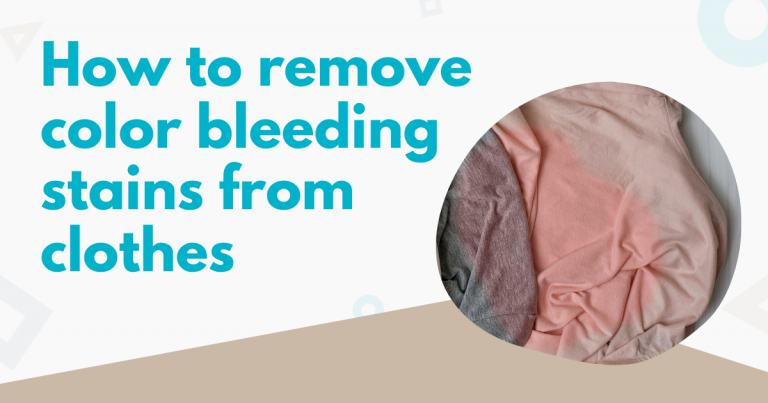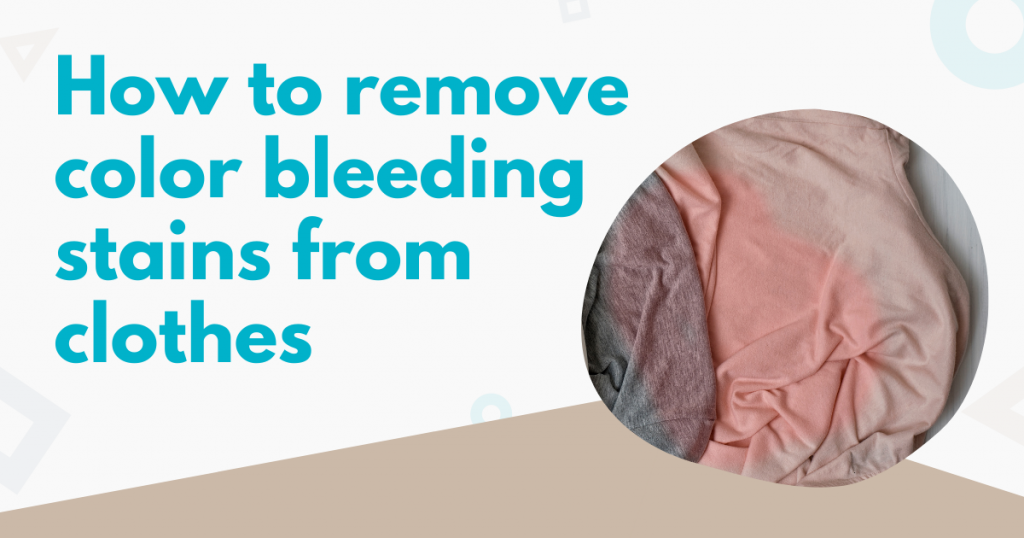
Color bleed stains are one of those stains that shouldn’t be ignored when you see them at first instance. They can easily be removed early on but can also be stubborn when they’re not resolved quickly. Color bleeding isn’t the end of the world for your favorite clothing items. With the right approach, you can still save them. Read on to find out how to effectively remove color bleed stains from clothes.
What Causes Color Bleeding
Color bleeding usually happens when a new or noncolorfast garment finds its way into the laundry cycle with light-colored fabrics or whites. When the dye does not adhere properly to the cloth during the production process, the resulting garment may bleed.
Color bleeding can happen when the dye transfers to other clothes when they are wet with water. It is also common in dark-colored clothes when washing the first couple of times. The dye may bleed and transfer to light-colored garments. A hint to find out whether a clothing apparel is likely to color bleed is by inspecting the fabric care label. A warning like “wash before wearing” is a strong indicator of a fabric material likely to color bleed.
How to Remove Color Bleed From Clothes
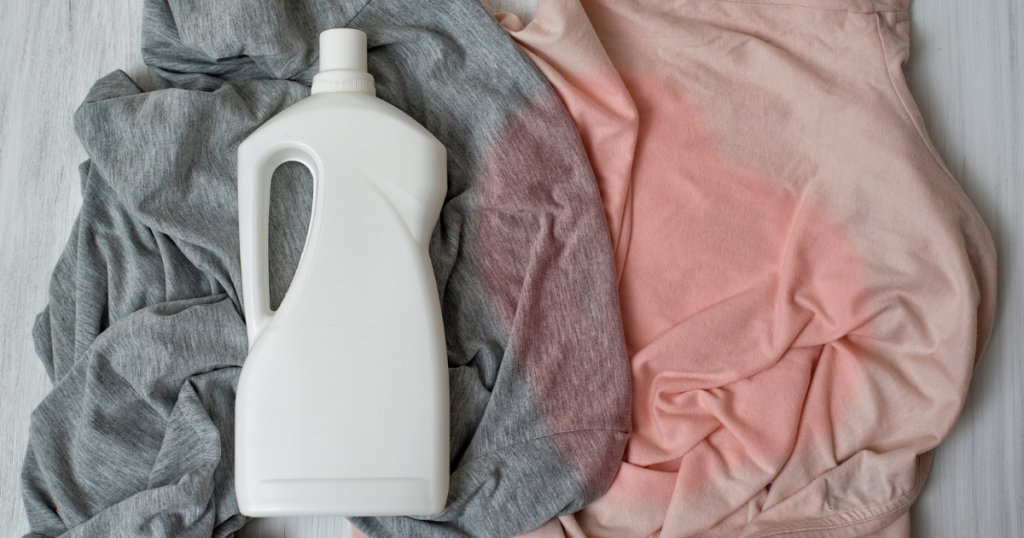
When dye transfers on clothes, you can still get them off if they are still wet. However, it is difficult to remove the color bleed once they set in. Follow these steps to get rid of color bleed stains from clothes before it’s too late.
1. Isolate the clothing that causes the color bleeding
If you see a lone-colored garment when washing a load of white garments, you have to remove it from the load. Then you should check if the garment has faded or color bled.
2. Separate the clothes affected by the color bleed
Say a red sock is a culprit and it has faded, then you need to check the remaining clothes in the washing machine. If you noticed that there’s a piece of clothing that has turned pink, check the rest of the laundry. Chances are there are other clothes affected by the color bleed.
3. Launder the stained clothes again with an ordinary laundry detergent
To remove stains from color bleeding, you may want to wash the stained clothes again with laundry detergent. Washing them with an ordinary laundry detergent may remove the color bleed if you’re lucky. To avoid compounding with laundry detergent stains, you can put the detergent at the bottom of the empty washer. Then you can add the stained clothes and launder them in a normal cycle.
4. If rewashing doesn’t remove the stain, then check the label and soak the affected clothing with a substance safe for the clothes
Oxygen Bleach
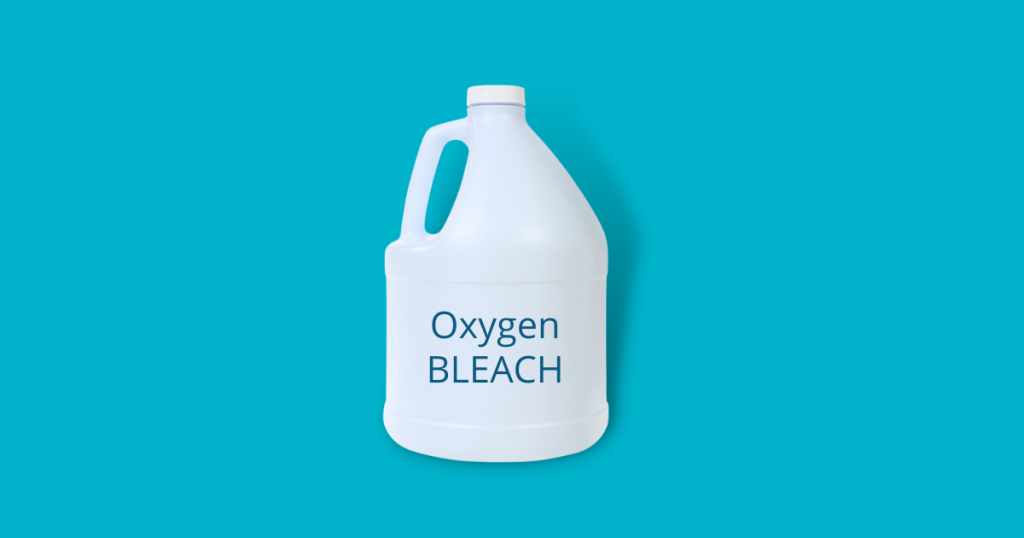
Washing with oxygenated bleach is a safe treatment to remove stains from clothes caused by dye transfer. You can use oxygen-based bleach for white and colored clothes. Unlike chlorine bleach, oxygenated bleach works with items with colored and white stripes that color bled. Remember to read your clothes’ care labels first before using bleach. Follow the step below to use oxygen-based bleach to remove dye stains:
- In a large tub, mix 1 cup of oxygenated bleach with a gallon of water.
- Soak the garment in the bleach and water solution for at least 30 minutes.
- Rinse the white clothes with cold water.
- Wash the garments in the washer in a normal cycle
- Prepare a solution of 1 cup bleach and 1 gallon of clean water in a large tub.
- Soak your white clothes in the solution for 30 minutes, allowing the bleach to do its job and bring back the original color.
- After 30 minutes, rinse your white clothes with cold, clean water.
Hydrogen Peroxide
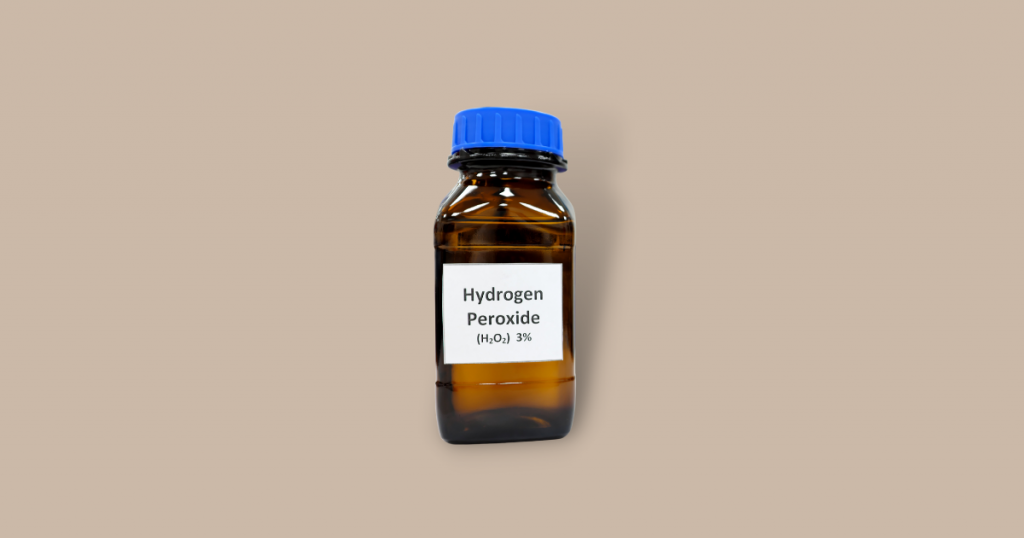
Colored clothing can also get color bleed stains. Hydrogen peroxide is a mild yet efficient color remover for colored clothes. However, it’s still best to test if hydrogen peroxide doesn’t cause fading on your colored garment. To test, damp a cotton ball with hydrogen peroxide and rub it at the back of the garment’s seam. If you don’t see any color transfer on the cotton ball, you can proceed with this method.
- Get a clean container and mix in 3 cups of water and 1 cup of hydrogen peroxide to make your color-safe bleach solution.
- Fill the sink with water add a cup of the color-safe bleach solution you made.
- Place the colored items with stain in the solution and let them soak for around eight hours.
- Rinse with cool water and check for any stain residue.
Vinegar
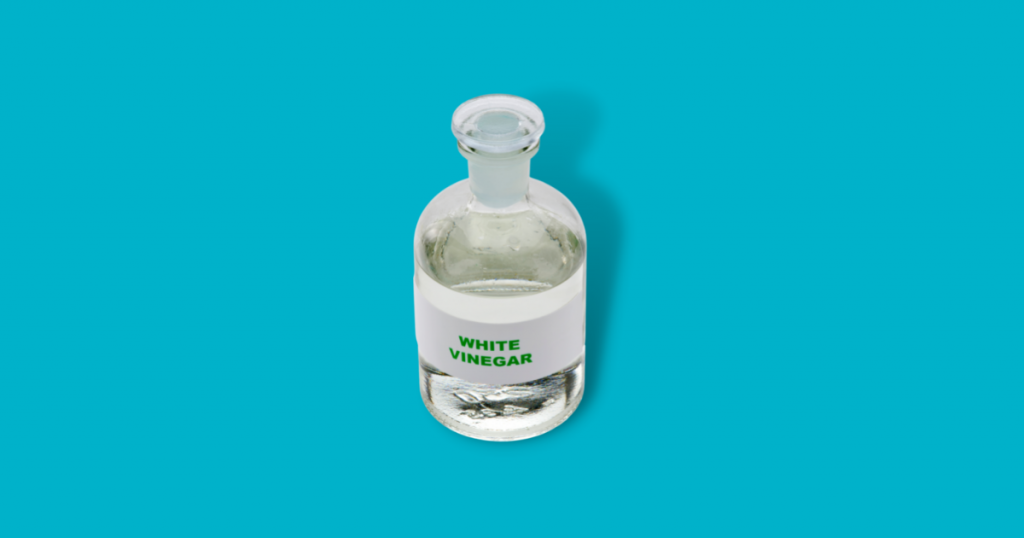
Another household staple you can use to remove color bleed stains is white vinegar. To use white vinegar as a natural color remover, wet a cotton ball with vinegar and rub it at the back of the garments you are about to soak. If you don’t see any color transfer on the cotton ball, you can use vinegar in the garments.
- Fill the sink with water and add in a cup of white vinegar and mix well.
- Soak the stained clothes in the solution and wait for 30 minutes.
- Rinse the garments with cold water.
- If there is still a persistent stain, soak the clothes again in the vinegar and water solution for another 30 minutes.
5. Check to see if the stains have actually lifted
After trying one of the options above, eyeball the garment for persistent stains. If stains persist, you can redo the process with another stain removal agent safe for the fabric. Some color bleeding stains that have already started to set in may need more than one stain removal agent.
6. Wash again (normally) to remove residues from the soak
If you were able to successfully lift the color bleeding stain with one of the agents mentioned above, make sure to wash the garment again as you normally would. This way, residues of the stain removal agents you used would be washed away from the garment. This is especially important if you have used vinegar which can leave a strong unpleasant smell on clothes.
A Few Tips to Avoid Color Bleeding Incidents
- Sort your clothes before washing. Separate the whites from colored ones.
- New clothes are more likely to bleed as there’s always a possibility that the dye is not yet set.
- Hand wash new items first and observe for color bleeding.
- Use cold water unless wash instructions say otherwise. Cold water helps color last longer and helps prevent color bleeding.
In Conclusion
Color bleeding is unsightly and messy. But it’s something that you can remove easily if you diligently follow the steps above. Word of caution though, try to avoid the dryer first if you’ve experienced color bleeding and staining during the wash. You don’t want to seal other dye marks you may have missed during the wash. Don’t forget to share this post with your friends who may also need laundry advice!
Want to share this?

